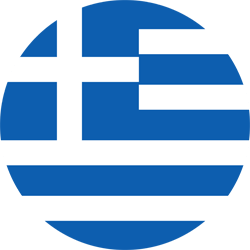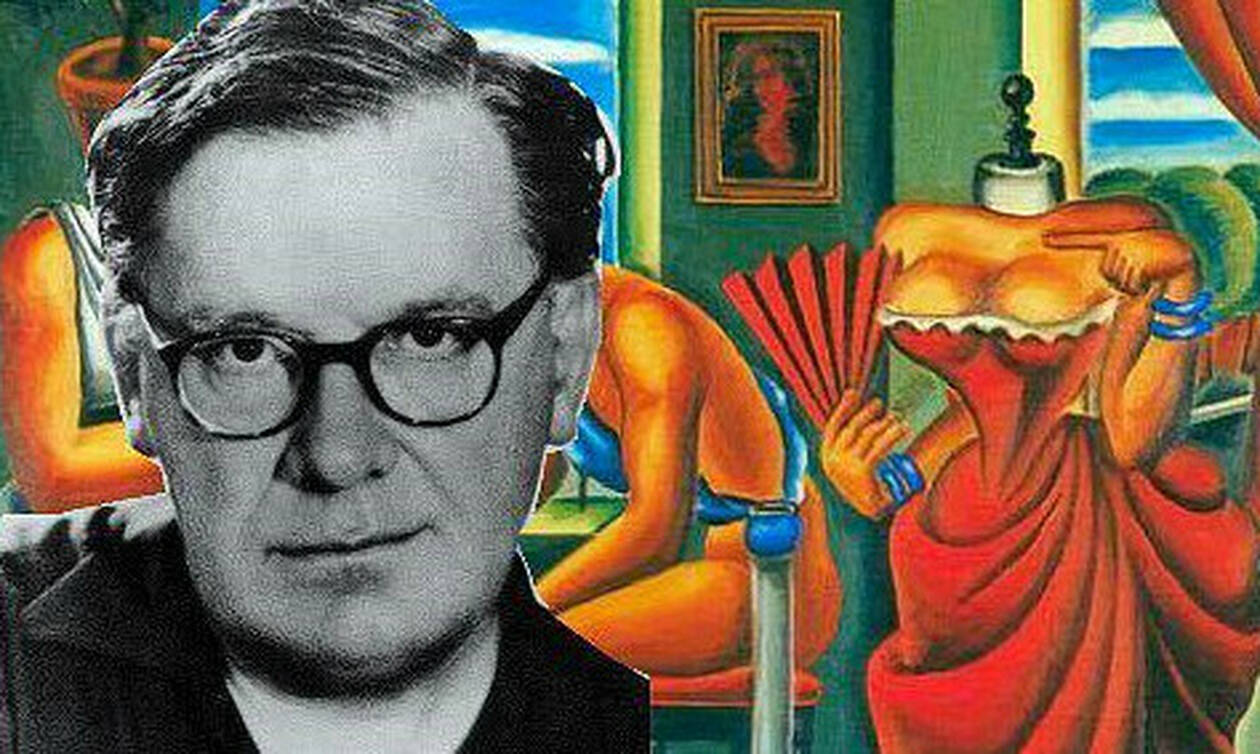On October 21, 1907, Nikos Engonopoulos was born in Athens — a painter, poet, and stage designer who became the leading figure of surrealism in Greece. Among ancient heroes, Byzantine saints, and dreamlike figures, Engonopoulos created an artistic world where paradox coexists with Greek light, imagination meets history, and the dream merges with identity.
From Paris to the Avant-Garde of Athens
The son of Panagiotis and Henriette Engonopoulos, he spent his childhood between Athens and France. He studied in Parisian schools, where he encountered the modernist movements of the time and discovered surrealism. Returning to Greece in 1927, he served in the army and later enrolled in the Athens School of Fine Arts, studying under Konstantinos Parthenis and Fotis Kontoglou.
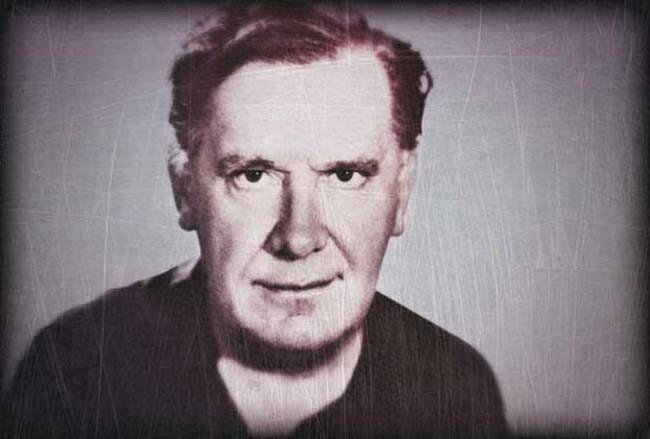
The influence of these two masters defined him. From Parthenis he learned discipline and harmony of color; from Kontoglou he absorbed the spirituality of Byzantine art. As Engonopoulos once said:
“Painting is not an imitation of the world — it is its revelation through the eyes of the soul.”
Surrealism with a Greek Soul
Engonopoulos was among the first to give surrealism a distinctly Greek character. His paintings — filled with archaic warriors, mythological figures, and faceless heroes — weave together the ancient and the modern. His Greece is not nostalgic but mythical, a landscape of memory and symbol.
In his early exhibitions of the late 1930s, audiences were shocked. Surrealism was still unknown in Greece, yet Engonopoulos persisted. In 1954 he represented Greece at the Venice Biennale with one hundred works, and the following year participated in the São Paulo Biennale. For him, “painting was a poem made of shapes and colors.”
The Poet of “Bolívar”
Alongside his visual work, Engonopoulos published poetry that reshaped modern Greek literature: “Do Not Speak to the Driver” (1938), “The Clavicembals of Silence” (1939), and his masterpiece “Bolívar” (1944), written during the German Occupation. Inspired by the South American liberator, the poem became a hymn to freedom and resistance.
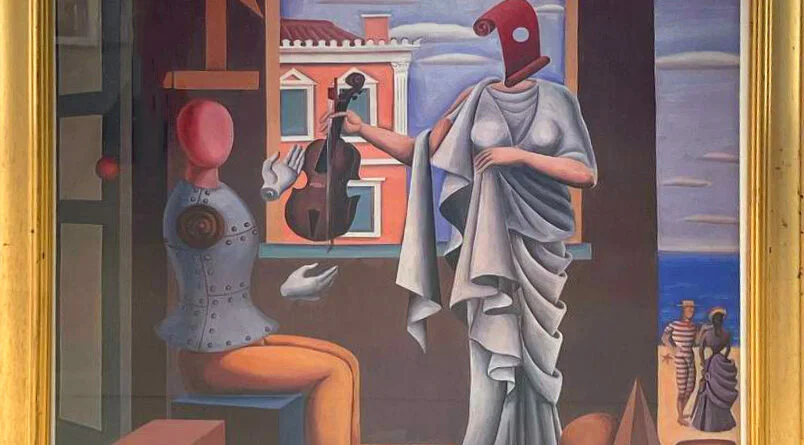
“You are beautiful as a Greek,” he writes of Bolívar, merging the hero’s struggle with the Greek spirit.
The poem became a symbol of dignity and hope for a nation living under oppression. “Poetry,” he said, “is not born of logic but of the dream.”
The Artist Who Dared
His canvases were filled with men without faces, women in ancient robes, and dreamlike spaces where time stands still. His theatrical background — he designed sets for the National Opera — gave his paintings a dramatic rhythm.
At times celebrated, at others misunderstood, Engonopoulos replied to criticism with characteristic calm:
“Surrealism is the most realistic way of seeing the world, because it also sees its dreams.”
Awards and Recognition
In 1958 he received the First Poetry Prize from the Greek Ministry of Education, and in 1966 the Golden Cross of King George I for his painting. He remained active and prolific until his death on October 31, 1985, in Athens.
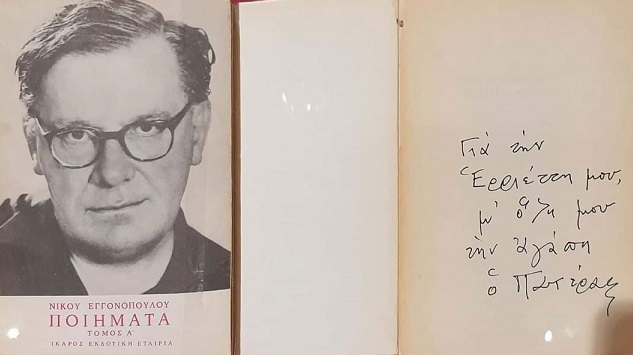
Timeline of Works
1938 – Publishes “Do Not Speak to the Driver”, his first poetry collection.
1939 – Holds his first solo exhibition in Athens and releases “The Clavicembals of Silence.”
1944 – Publishes “Bolívar,” his most emblematic poem.
1951 – Creates paintings inspired by the Greek War of Independence.
1954 – Represents Greece at the Venice Biennale.
1955 – Participates in the São Paulo Biennale.
1958 – Wins the First State Poetry Prize.
1966 – Receives the Golden Cross of King George I.
1970s–1980s – Paints celebrated works such as “Odysseus and His Dog” and “Eurydice.”
A Lasting Legacy
Nikos Engonopoulos left behind an art that transcends logic and embraces the dream. He merged Western avant-garde with Greek heritage, giving voice to a generation in search of identity after war and division.
Today, he is recognized as the foremost representative of Greek surrealism — an artist who proved that imagination and tradition can coexist harmoniously.
“There is nothing more real than the dream,” he said.
And through his verses and paintings, that dream still lives on.

